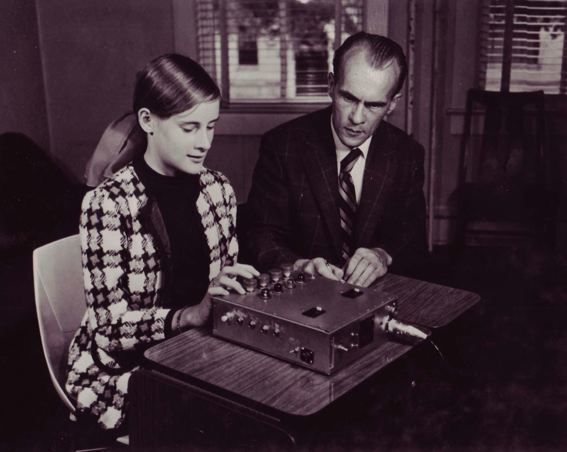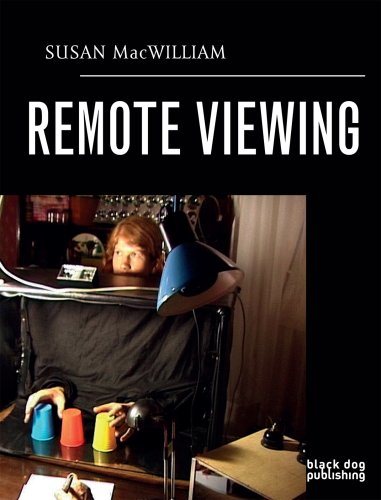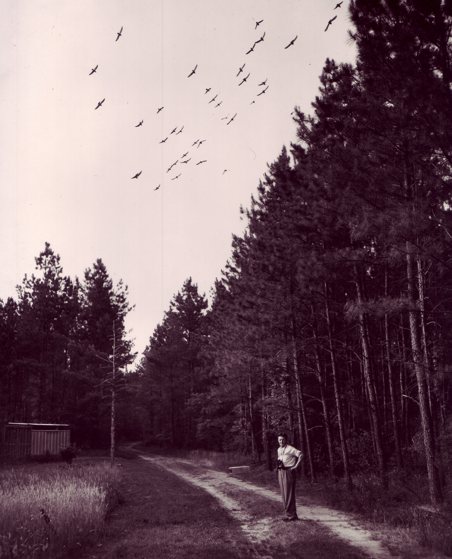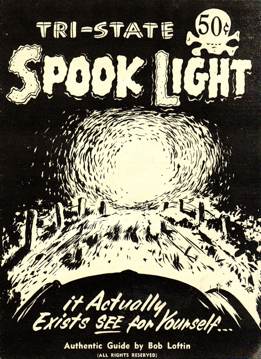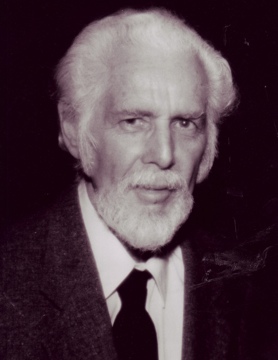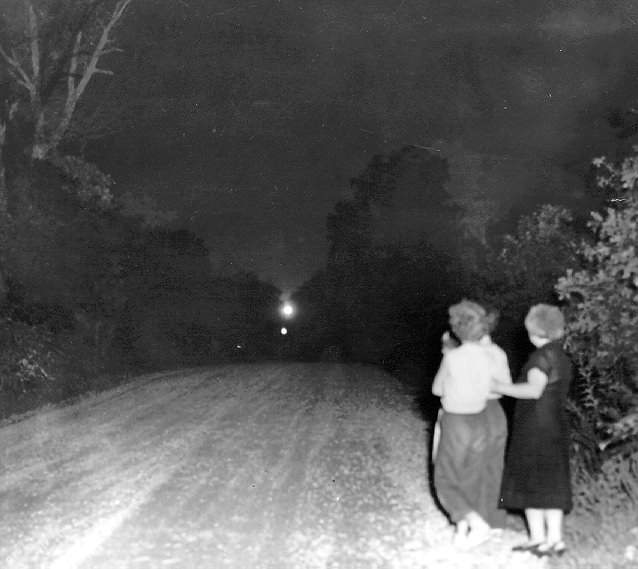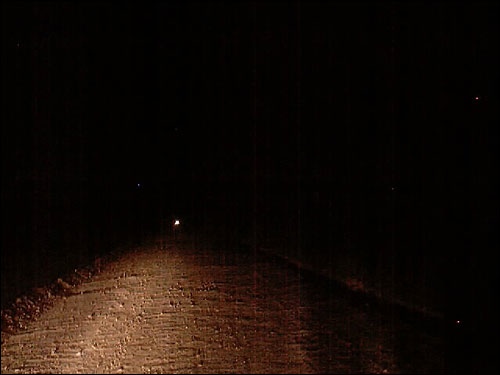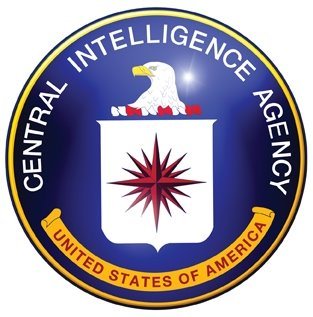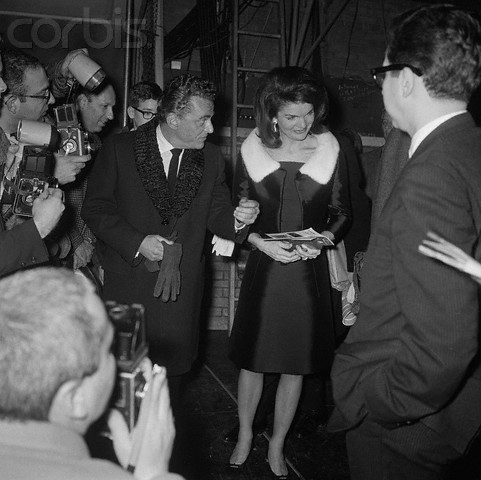ESP Machines
I have a geek side, I love machinery, and I’ve been collecting pictures of ESP machines. The machine below was designed by Helmut Schmidt, a German physicist who worked at Boeing’s research laboratory, and later for J. B. Rhine. From the caption that came with the photograph:
A recent development in the testing of precognition is the electronic machine shown. It emphasizes elements of fun and challenge to prevent build-up of emotional blocking mechanisms in the subject. The four lamps of different colors light up in different sequence: The subjects task is to predict which one will light next and push the corresponding button. The machine uses single quantum processes which may form nature’s most elementary source of randomness. And electronic counter that counts (at a rate of 10 to the 6th power per second) in the sequence 1,2,3,4 1…is stopped at the random time when an electron emitted by a radioactive source (strontium 90).
That is Helmut Schmidt in the photograph.

